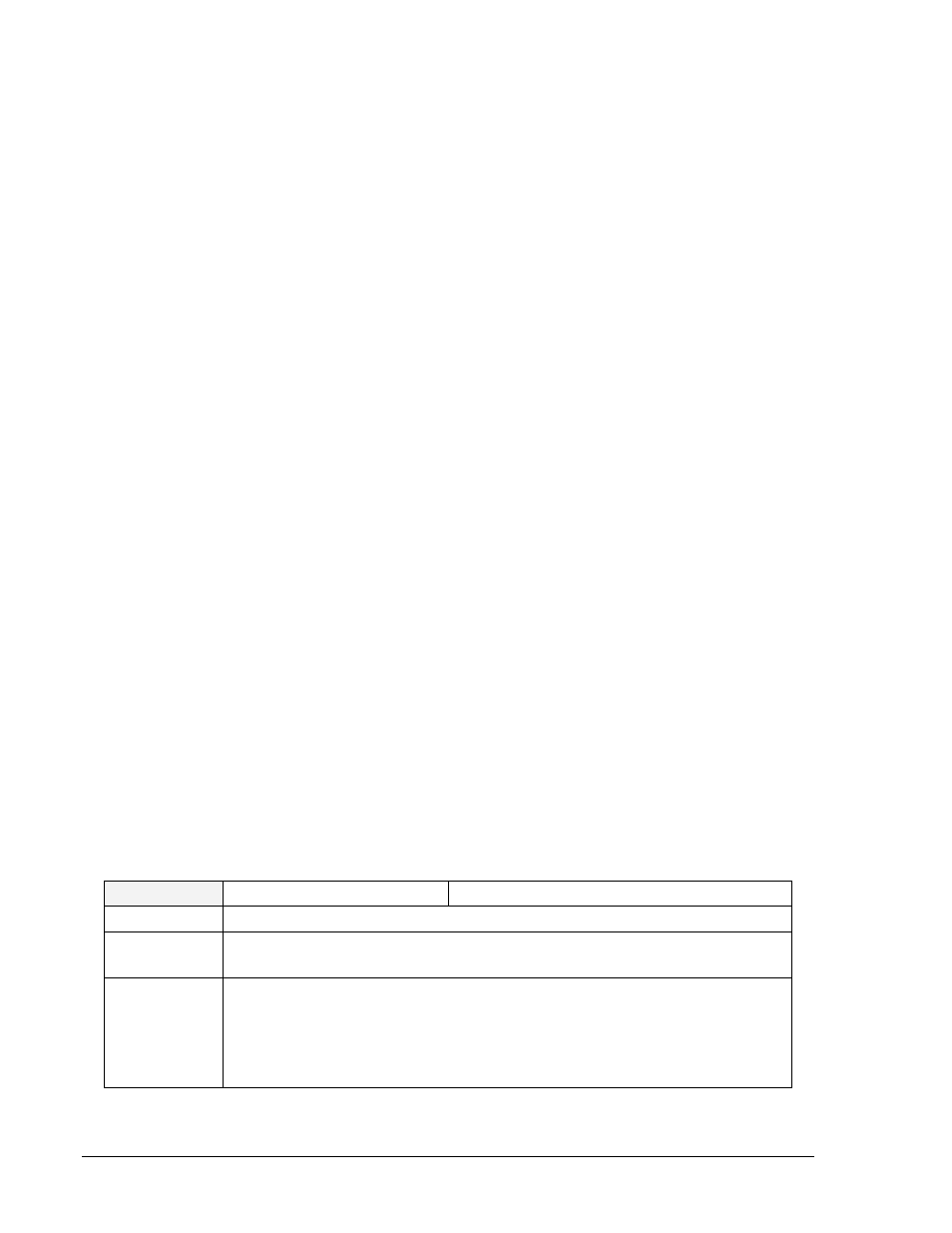Hardware outputs, Programming output operational characteristics, Hardware outputs -6 – Basler Electric BE1-BPR User Manual
Page 112: Programming output operational characteristics -6

5-6
BE1-BPR BESTlogic Programmable Logic
9272000990 Rev J
adjacent variables or parentheses; i.e., (F1+F2)I1O1 is the same as (F1+F2)*I1*O1. The logical NOT
operator (/) is applied to the variable immediately following the symbol /. A logical NOT operator may be
applied to a single variable or to a group enclosed in parentheses. When NOT is used with parenthesis,
the number of operators is limited to four. Internally, the logic equations defined are reduced to a
canonical sum-of-products form; i.e., groups of ANDed terms separated by ORs with parenthesis
eliminated. When the logic equation is read back, the internal format is given. The number of terms when
expanded to a canonical sum-of products form must not exceed four. In other words, when the equation is
expanded by removing all parentheses, the number of OR symbols in the equation must be three or less.
If a larger number of terms are needed, this limitation may be bypassed by using a virtual output as an
intermediate expression.
During power-up, all logic outputs are disabled. When the logic is running and logic equation LO[n] is
FALSE, then Output O[n] = FALSE, where O[n] corresponds to terminals for OUT[n] as shown in Table 5-
1. When the logic is running and logic equation LO[n] is TRUE, then O[n] = 1.
Virtual Outputs 13 through 15 (O13-O15) are dedicated outputs that are controlled by a function instead
of an equation. Output O13 is controlled by the Recloser (79) function block. If the Recloser function is not
used, O13 is controlled by the Breaker Resistor Protection Module. The Recloser function is defined when
the LR command is entered. The logic scheme will then display O13 as a RECLOSER. The Breaker
Resistor Protection Module is defined when the BKRRES command is entered. The logic equation for
O13 is displayed as ROP_LIMIT if the Recloser function is not used and BKRRES is defined. Outputs
O14 and O15 are programmable diagnostic outputs that allow one or more diagnostic alarms to be
annunciated.
Section 2, Application, provides more information about the application of these functions. Section 4,
Functional Description, provides information about the settings associated with these functions.
Hardware Outputs
A hardware output is a physical relay contact that can be used for protection or control. The BE1-BPR
relay has five isolated, normally open (N.O.) output contacts (OUT1-OUT5) and one isolated normally
closed (N.C.) alarm output. Output contacts OUT1 through OUT5 are controlled by the status of virtual
outputs VO1 through VO5. If VO[n] becomes TRUE, then the corresponding output relay (OUT[n]) is
energized and closes the N.O. contacts. If VOA becomes TRUE, the ALARM output relay de-energizes
and the contacts close.
When an output changes state, internal logic can hold the relay in the new state for 200 to 250
milliseconds. Following this holdup time, the output resumes following the internal VO[n] logic. The 200 to
250 millisecond minimum ON time is used to ensure that once a trip contact closes, it does not interrupt
the breaker trip coil current, but does allow the trip coil current to be interrupted by the 52A contact. In
some instances, such as a recloser module breaker close contact, the output hold logic may not be
desired. The hold logic can be disabled on any contact by the PHOLD command. Section 4, Functional
Description, provides information about using the PHOLD command.
Programming Output Operational Characteristics
Each output, O[n], has a logical mode of operation defined in terms of a standard Boolean expression,
LO[n]. Variables can be any contact input (I[n]), fault detector output (F[n]), output (O[n]), or timer (T[n]).
LO
Output logic
HMI Menu Branch: N/A
Parameter
Parameter Selections
#
A (OUTA)
1 - 12 (OUT1 - OUT12)
Boolean
Equation
Variables: Operators:
Ix (contact inputs) * (AND)
Fx (fault detector outputs) + (OR)
Tx (timer outputs) / (NOT)
Ox (virtual outputs)